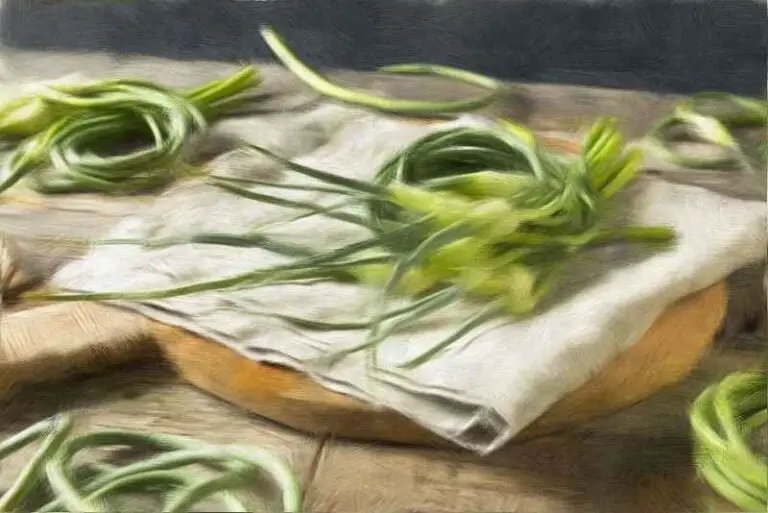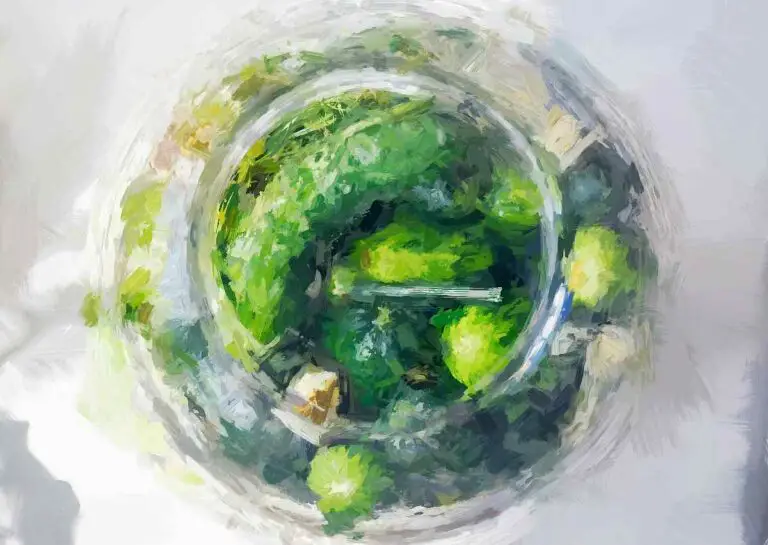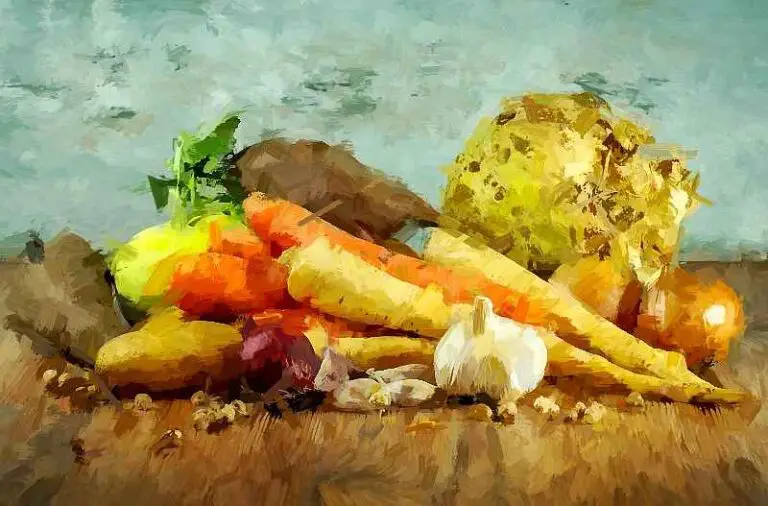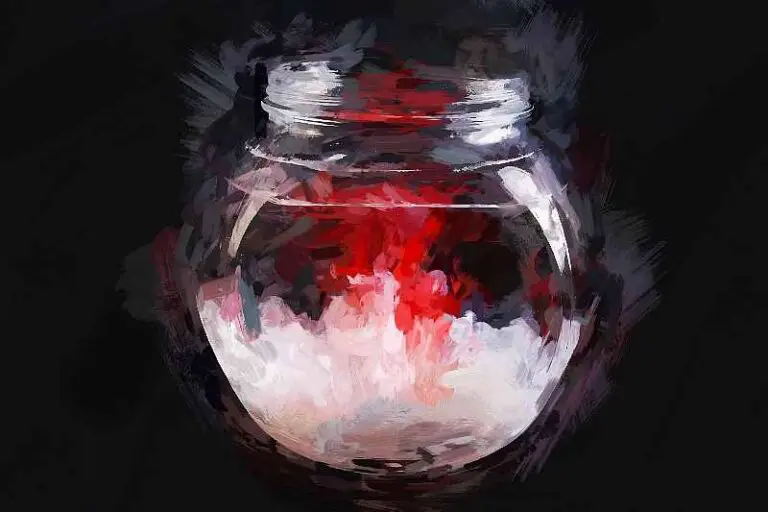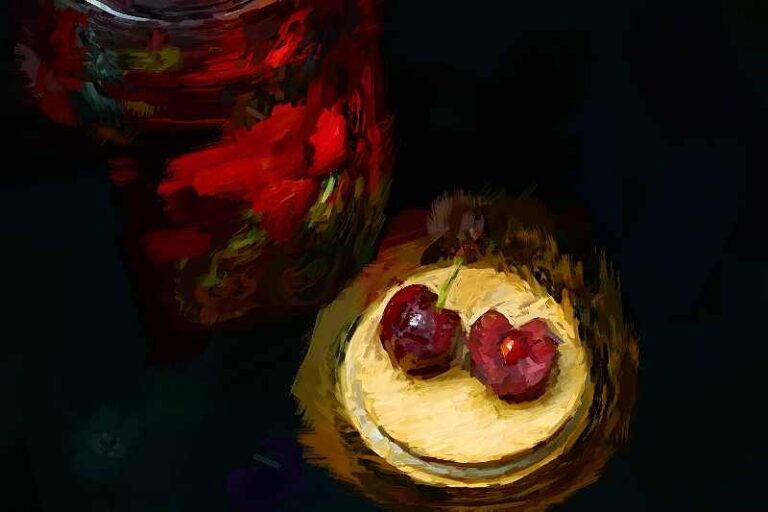How To CORRECTLY Lacto-Ferment Chillies
Fermenting hot peppers to make sauces and other spicy delicacies is as fun as it is scientific. Avoid Kahm yeast and mould with these tested recipes.
It does not matter if you call them chillies, hot peppers, chili peppers or chile peppers what matters is that when the passion for those spicy little berries kicks in we are hooked forever.
It happened to me to.
I was not born in a family where chillies were used abundantly, in fact it was the exact opposite.
But I was lucky enough to find my own way to spicy food and, specifically, to hot peppers that I have learnt to love and eat in a variety of ways.
One, I am sure you guessed, is by fermenting them.
Obviously.
By fermenting hot peppers, lacto-fermenting them to be specific, I have been able to incorporate them in many different recipes.
From shatta sauce, to fermented cocktails, from simple hot sauces to the most complex ones by picking recipes from all around the world.
And since we started combining them with fermented garlic scapes and fermented tomatoes our home made pizza sauce has gone from amazing to divine.
So here I am sharing with you our two most favourite and most reliable recipes to lacto ferment chillies.
Then I will also add a couple of suggestions to help you avoid the potential mistakes and hiccups you could encounter during the process.
Mistakes we have 100% made and learnt from.
And if you are one those fermies who would love to start fermenting but have only moved little baby steps in the world of hot peppers don’t worry.
I have got you covered.
At the very end of this article you will find a short but helpful guide about the Scoville Scale that will save your palate from getting on fire.
NOW, THE RECIPES
IMPORTANT: when using very hot chillies ( see list at the end ) wearing protective gloves and a face mask that covers both eyes and nose is paramount.
NEVER, I repeat NEVER touch your eyes or face when working with hot peppers.
BRINED Fermented Chillies
This recipe does not show any amount because it can be used with whichever quantity of hot peppers you have available.
You are free to choose any type of chilli you prefer.
INGREDIENTS
- Chillies
- Water
- Salt
STEPS
- Thoroughly wash chillies under running water and place them inside a colander to drain the excess water
- Pet dry them with a cloth or some paper towel
- Remove all stems ( put them aside, don’t throw them ) and let the hot peppers dry before using them
- When dry weigh them and write the weight on a piece of paper
- Now chillies are ready to be sliced
- When sliced place them in a jar and add enough water to cover them completely
- Pour out the water and weigh it
- It’s time to prepare a 2.5% brine ( total weight of water + chillies ) and add it back to the jars
→ learn how to make a fermentation brine
- Weigh hot peppers down until fully submerged and seal the jar
→ learn how to properly airlock a jar
- Allow a 12-14 days fermentation at a coolish room temperature ( 18-20°C – 64-68°F )
When such time has passed chillies are usually ready to use however you prefer.
Keep in mind that to ( almost ) entirely halt fermentation you will have to either place all your jars inside the refrigerator or swap the fermentation brine with a vinegar based pickling brine.
DRY SALTED Fermented Hot Peppers
Like the one above this recipe too is without quantities for it can be used with any amount of chillies
INGREDIENTS
- hot peppers
- salt
STEPS
- Thoroughly wash chillies under running water and place them in a colander to drain the excess water
- Pet dry them with some paper towel and remove all stems without throwing them
- Weigh chillies and write down their weight on a piece of paper
- Slice them all and place slices in a large bowl
- Add an amount of salt equivalent to 2.5% the weight of all hot peppers
- With gloves on toss chillies and salt for a few minutes until salt is uniformly spread
HEADS UP: Proceed in such a manner that chillies won’t get bruised
- When hot peppers are coated with salt you are ready to place them inside the jars of your choice
- Fill jars up to 3 cm / 1 inch from the rim
- Weigh chillies down and seal the jars
- Ferment the first 2-3 days at 20-22°C ( 68-72°F ) then move to a cooler spot ( 18-20°C – 64-68°F ) for 10-12 more days
As always do a taste test at the end of the allocated fermentation time.
If hot peppers are ready move the jars to the refrigerator; if not keep fermentation going and taste every couple of days or so.
2.5% Salt Is Enough And THIS IS WHY
By now I am sure that some of you are scratching their heads with questions about the salt concentration we use and suggest.
I get it.
Especially knowing there are places online where you are advised to use anything between 3.5% to 6% and up to 10% salt by weight.
Well, if you tried those recipes –and we did– you know HOW SALTY the result is.
The reason why they give such recommendations has a lot to do with the high amount of yeasts naturally living on chillies.
And they are right.
They can be a problem.
Yeasts can, in fact, cause and/or be responsible for Kahm growths.
You know, that sadly famous brittle thingy that floats on the brine and unpleasantly flavours our beloved ferments…
But there is also an easy fix – didn’t I tell you we have made mistakes and learnt from them???
The solution is as simple as removing the stems; that’s it.
By doing so and by following the exact recipes I have just shared with you, we have fermented uncountable jars of hot peppers without ANY Kahm yeast or mould in sight.
GOOD TO KNOW
Fermenting Hot Peppers And Sweet Peppers
Often we get asked if it’s possible and advisable to ferment hot chillies together with sweet peppers, so here comes the public answer.
Fermenting hot peppers and capsicums is possible but not always advisable.
And this is why.
From our experience I have seen that capsicums tend to acidify, and by that I mean they become tangy, quite quickly during fermentation.
Quicker than hot chillies.
So fermenting them together as, let’s say, the base for a more complex hot sauce, or even just as the kick of a gourmet burger, can result in an unbalanced flavour profile.
You could end up having ready sweet peppers but under fermented chillies or vice versa.
But, if you’d like to try for yourself, by all means go for it.
Our experience doesn’t have to be yours.
If I were to advise, though, I would certainly recommend fermenting them separately to bring out the best flavour in each one.
Fermenting Hot Chillies With Fruit
Again, possible but even less advisable if I have to be honest.
The simple reason being that fruit lacto-ferments in such a different way than vegetables and hot peppers do.
We wrote a blog post about lacto fermenting fruit if you are interested in learning more.
If you don’t want to risk throwing a jar of beautiful chillies the best thing to do is, once again, fermenting them separately.
Lacto-Ferment Chillies With HERBS AND SPICES
I won’t lie to you: this is something I often do even if I know it can be risky.
Usually dry spices, like whole peppercorns, perform really well and the same goes for dry herbs AS LONG AS they are not covered in additives or preservatives like sulphites.
If in doubt do not add any of those herbs or spices to any of your ferments, not just chillies.
A side note should be made for garlic, so here it is.
And the side note is based on the assumption that you will be using fermented chillies as an ingredient of a more complex recipe, like making a fermented hot sauce etc.
Everything boils down to how garlic heavy you want your future hot sauce to be.
If you want a nice but not so prominent garlic taste you can add some fresh sliced garlic to the chillies and ferment them together.
Personally I do not use more than one medium sized garlic clove every 250gr of hot peppers.
If, instead, you are aiming for a deep straight garlic taste I advise you to use some honey garlic at the moment of preparing your sauce.
Alternatively you can use lacto-fermented garlic scapes.
TIPS
If you’d like to create more complex basis for your future hot sauces you can easily do it by cheating a little.
When chillies have completed their fermentation drain the brine ( but keep it! There are a zillion ways you can reuse brine ) and substitute it with a pickling one.
Depending on your future project you will then decide how much vinegar to use.
After swapping brines you can add to the jar all the herbs and spices you like, including garlic and onion.
And you can add fruit as well.
WHAT TO DO WITH HOT PEPPER STEMS
We always do our best to create the least amount of food waste and if you are interested in doing the same here is a cool way to do that.
Let’s make yoghurt using chilli stems as the starter.
Here is how to do it.
Home Made CHILLI STEM INOCULATED YOGHURT
In order to successfully make yoghurt you will need a yoghurt incubator, a very insulated pot or, alternatively, a place in your home where temperature is consistently at 30-35°C ( 86-95°F ).
WHAT YOU NEED
- 1 big handful of hot pepper stems
- 1 litre / 1 quart of milk
HOW TO PROCEED
If you are using raw milk start here
Whilst occasionally stirring, heat up the milk to 80°C ( 176°F ) and remove from the stove top after 30 seconds
Gradually cool the milk down to 42°C ( 110°F )
If you are using store bough milk start here
Place milk on the stove top and bring it up to 45°C (113°F ) then take it off the heat
Regardless of the type of milk proceed as follows.
- In the meantime place the already washed chilli stems in a jar or container of your choice
- Pour the warm milk on top and place the container inside the yoghurt incubator
→ If you don’t own one you can use a double wall pot ( like an electric pressure cooker ) or you’ll have to get creative at insulating the jar to keep it at a minimum temperature of 30°C ( 86°F )
- At the 10 hour mark you can check the milk to see if there is any sign of fermentation
- When 13 hours have passed you should be able to clearly see that milk has “gelled” and sometimes even separated into curds and whey
- At this point the hot peppers stem yoghurt is ready to be refrigerated
→ Refrigeration is a fundamental step for a good home made yoghurt; don’t skip it
- Let it cool down inside the fridge for at least 3-4 hours before consuming
TIPS
If you are happy with the result you can save a small jar of the yoghurt to kick start the next one.
Surprising as it might, be chilli stems are a reliable source of yeasts and the yoghurt made with them always proves to be a very stable starter for a new batch.
And even for several more.
Let’s Talk SCOVILLE SCALE
For those who might not know it the Scoville Scale is the most widely used method to measure capsaicin in peppers.
Capsaicin is the molecule responsible for the spicy burning sensation we feel in our mouth every time we eat a chilli.
The Scoville Scale is divided in Units of Heat known as the Scoville Heat Unit or SHU.
The number you see beside the acronym SHU determines how hot a certain pepper is, with zero being a nice sweet pepper with no heat.
When the number increases, spiciness increases.
So now let’s see some of the most common chilli pepper varieties together with their spiciness level.
It will help you choose the right one for your project.
MILD CHILLIES
Bell Pepper: 0 SHU
Anaheim Pepper: 500 to 2,500 SHU
New Mexico Chile: 500 to 2,500 SHU
Nora Pepper: 500 to 2,500 SHU
Poblano Pepper: 1,000 to 1,500 SHU
Cascabel Pepper: 1,000 to 3,000 SHU
PLEASANTLY HOT CHILLIES
Guajillo Pepper: 2,500 to 5,000 SHU
Jalapeño Pepper: 2,500 to 8,000 SHU
Fresno Pepper: 2,500 to 10,000 SHU
Serrano Pepper: 2,500 to 10,000 ( but up to 23,000 SHU in some cases )
HOT CHILLIES
Peperoncino Calabrese: 25,000 to 40,000 SHU
Aji Amarillo Pepper:30,000 to 50,000 SHU
Cayenne Pepper: 30,000 to 50,000 SHU
Tabasco Pepper: 30,000 to 50,000 SHU
Thai Bird’s Eye Pepper: 50,000 to 100,000 SHU
Siling Labuyo (Filipino Bird’s Eye Pepper): 80,000 to 100,000 SHU
Chiltepin Pepper: 50,000 to 100,000 SHU
Peri Peri Pepper: 50,000 to 100,000 SHU
VERY HOT CHILLIES
Habanero Pepper: 100,000 to 350,000 SHU
Scotch Bonnet Pepper: 100,000 to 350,000 SHU
Bird’s Eye Pepper (African): 100,000 to 225,000 SHU
Datil Pepper: 100,000 to 300,000 SHU
Ají Picante: 100,000 to 350,000 SHU
DANGEROUSLY HOT CHILLIES
Ghost Pepper (Bhut Jolokia): 850,000 to 1,041,427 SHU
Naga Viper Pepper: 855,000 to 1,359,000 SHU
7 Pot Douglah: 923,889 to 1,853,986 SHU
Trinidad Scorpion Pepper: 1,200,000 to 2,009,231 SHU
Carolina Reaper: 1,641,183 to 2,200,000 SHU
HEADS UP: The list above is a very simple and superficial summary; if you want to explore in depth hot peppers and their characteristics I advise you to look at one of the several websites dedicated just to that.
AND THIS IS IT FOR NOW!
I hope you have enjoyed reading our post but more than anything I hope you have learned something new and useful that you can begin to use right now in your cooking.
More to come.
See you soon


